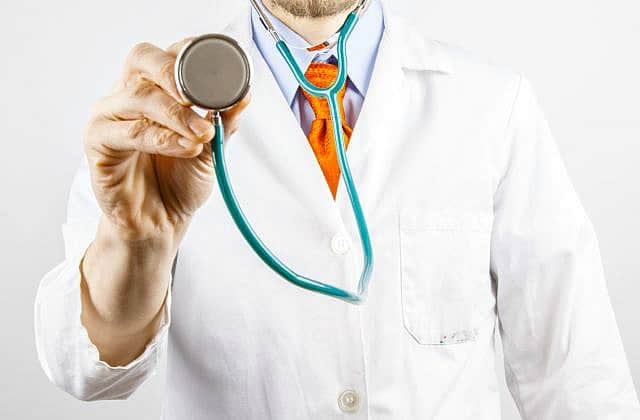
Life is unpredictable. You don’t know what the next moment has in store for you. Medical emergencies come unannounced, often leaving us perplexed. Keeping our nerves strong and handling the adversities with patience and -perseverance is the need of the hour. It may appear challenging but not impossible. Giving immediate medical attention to the affected person can prevent a situation from getting aggravated and even save a life.
A survey by the Red Cross showed how prompt first aid could have saved approximately 59% of casualties from injuries. Moreover, early intervention can prevent the deterioration of any medical situation and lessen hospitalization and recovery time. Which is why more and more people should consider enrolling in a first aid course so that we can have more people willing and able to provide medical help until professionals arrive. The first aid techniques vary according to the kind and severity of medical emergencies. Let’s look into some of the first aid techniques you need to know to cope with unexpected situations.
Different First Aids for Medical Emergencies
When giving first aid, you have to keep some goals in mind. These include:
- Preserving life
- Preventing injury any further
- Relieving pain
- Preventing the deterioration of the situation
- Promoting recovery
Moreover, before you help the injured, wounded, or someone in distress, it is essential to scan the place of the hazard to ensure there aren’t any hidden dangers. Else, it may pose a threat to you.
For instance, if you are rescuing a person who is a victim of a terrible storm `ensure that there aren’t any stones or debris flying around. In such cases, you may injure yourself while rescuing the other person. Let’s analyze the different first-aid treatments for varied medical emergencies.
First Aid for Heart Attack
Heart attacks are pretty standard, occurring in approximately 800,000 people each year in the U.S. The initial 60 minutes is considered the golden hour for a heart attack. If you take prompt action during this time, you can save a life. Before we discuss First Aid for heart attack, here are some of the visible signs of heart attack that you may commonly see in someone suffering from the same:
- Dizziness
- Arm pain
- Sweating
- Chest pain
- Vomiting
- Shortness of breath is seen in two of every three individuals going through a heart attack)
Here is what you may do when you come across someone having a heart attack:
- Make the person sit and calm him down, especially if he is in his senses and panicking.
- If in a position to speak, ask that particular individual about any chest pain medicine they take. If possible, you may make arrangements to provide the medicine.
- In case the person is unconscious, isn’t breathing, or seems unresponsive, he might need CPR (Cardiopulmonary resuscitation). While you call for help, you must start giving CPR until the paramedics arrive.
If untrained, give hands-on CPR, wherein you put one hand in the middle of his chest and place your other hand above your first hand. Begin pushing hard for 100-120 compressions /minute. When trained to do CPR, you could begin by giving the victim 30 compressions on the chest and then proceed to two rescue breaths. In addition, you could provide rescue breaths for the affected person with a pulse but not breathing.
You shouldn’t leave the affected person on his own. You must even prevent giving them anything orally other than heart medicine only if prescribed.
First Aid for Burns
The first aid for burns depends on the severity and degree of burns. In the case of first-degree burns, the skin’s outer layer is affected. For the second degree, some parts of the inner layer are affected alongside the outer layer, which results in swelling, inflammation, and intense pain.
In third-degree burns, the injury is more profound, affecting the muscles, tendons, and bones.
Fourth-degree burns are the deepest, most severe, and even life-threatening. First-degree burns and some mild second-degree burns are considered minor. Moderate second-degree burns and all third- and fourth-degree burns are categorized as major burns. You have first to remove the person from the area of burns. Use water to extinguish the flames, or you may even roll a blanket over the affected person to save them from further burns.
If the burns are minor, they won’t need much care. Some amount of treatment would
suffice:
- Wash the area with lukewarm or cool water for 20 minutes. Avoid iced water, ice, or greasy and creamy products. They may result in further damage.
- Avoid breaking or bursting blisters, which could trigger infections and slow healing.
- Keep the area away from sun exposure, as they could cause the area to be scarred.
- You could apply aloe vera or petroleum jelly over the affected area, as they produce a soothing effect.
If it’s a major burn, you must take even more caution; in extreme cases, it may also prove fatal. Here are a few things to do:
- Remove all jewelry, clothing, and accessories surrounding the burnt area. If you find anything stuck to the burnt skin, avoid removing it, as that could worsen things further.
- Once you’ve taken the person out of the scene of danger, it’s up to you to judge the seriousness of the situation and decide if hospitalization is needed. If the person has large or deep burns or burns on their face, genitals, face, neck, or hand, then medical help is a mandate.
You should also watch for signs like dizziness, clammy skin, shallow breathing, and weakness. Seek medical help at once under such circumstances.
First Aid for Cuts and Wounds
The first aid depends on the severity of the cut or wound. Here are some things to do:
- Before treating the person, you need to wash your hands properly to prevent infection from spreading.
- If there’s bleeding from the cut or wound, you must first stop that. If the cut or scrape is minor, then in most cases, the bleeding pauses on its own. If it doesn’t, press the wound gently using a clean cloth or bandage. Apply pressure gently for around 20 minutes until the bleeding stops.
- You need to clean the wound with water. You may apply soap, but ensure it doesn’t get inside the wound. Avoid iodine or hydrogen peroxide, as these could irritate the wound further. Contact medical personnel immediately if debris or dirt is stuck on the wound.
- You may apply petroleum jelly on the wound if available.
- Use a gauze or bandage to cover the wound to help it remain clean. It may not need to be covered for a scratch or a minor cut.
In case of a deep wound, seek medical help immediately after doing the necessary first aid for temporary relief.
First Aid for Hypothermia
When your body produces slowly but loses it fast, it could trigger hypothermia, which may result in a medical emergency if not cared for at the soonest. Before mentioning the first aid measures, here are some signs to look out for:
- Confusion
- Shivering
- Fumbling hands
- Loss of memory
- Incoherent or slurred speech
- Drowsiness
- Immense exhaustion
Here are some first-aid tips to follow when you have encountered someone with hypothermia:
- Be calm and gentle with the victim. Avoid rubbing or shaking their body, as that could trigger cardiac arrest.
- Shift the person out of the cold environment, and remove wet clothes (if any).
- If you have warm blankets or dry clothing available, use them to cover the person to make him feel better. Avoid the heat from coming in direct contact with the skin. Cover hot water bottles or packs with a towel before applying them to the skin.
- Offer warm and sweet beverages (nonalcoholic). Avoid alcohol as it slows the process of rewarming.
- If the person is unresponsive and doesn’t move, breathe, or cough, you could try CPR, either hands-on if untrained or through rescue breaths when trained.
- Avoid massaging the legs and arms, as that could trigger stress to the lungs and heart.
Besides these first aid measures, be quick in contacting the doctor when you suspect a person is suffering from hypothermia.
First Aid for Heat Exhaustion
Heat exhaustion is the opposite of hypothermia when the body temperature rises rapidly. Some of the symptoms of an overheated body include:
- Increased sweating
- Nausea
- Vomiting
- Clammy and cold skin
- Exhaustion
- Muscle cramps
- Dizziness
Contact the doctor immediately if you spot someone with any of these symptoms. At the same time, try first-aid techniques. These include:
- Remove the individual from the heated environment and shift them to a cooler place.
- If you do not find any shaded location, cover the affected individual with materials that may help block the sunlight.
- Keep the person hydrated.
- Try lowering his body temperature by massaging their forehead with a cool cloth.
Conclusion
These are a few of the umpteen tips available for first aid that you can use when you see a person in medical distress away from a hospital environment. When you act promptly with patience and perseverance, you may prevent things from aggravating and even save a life.






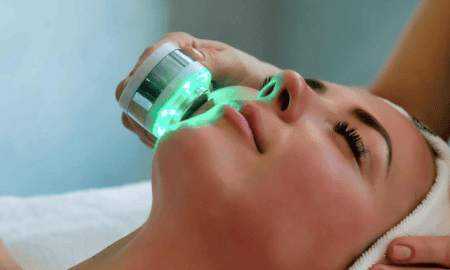
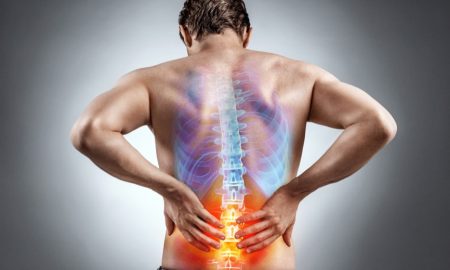

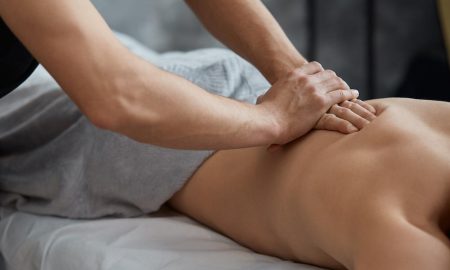
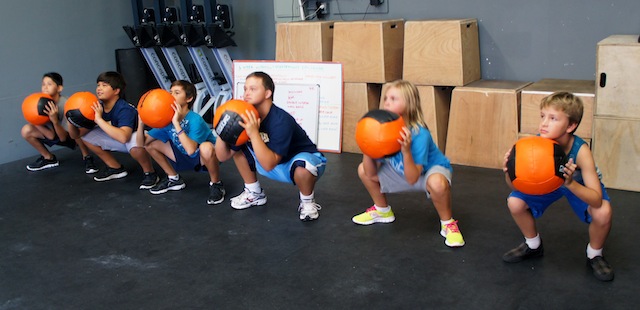
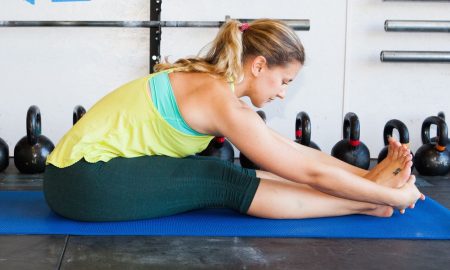
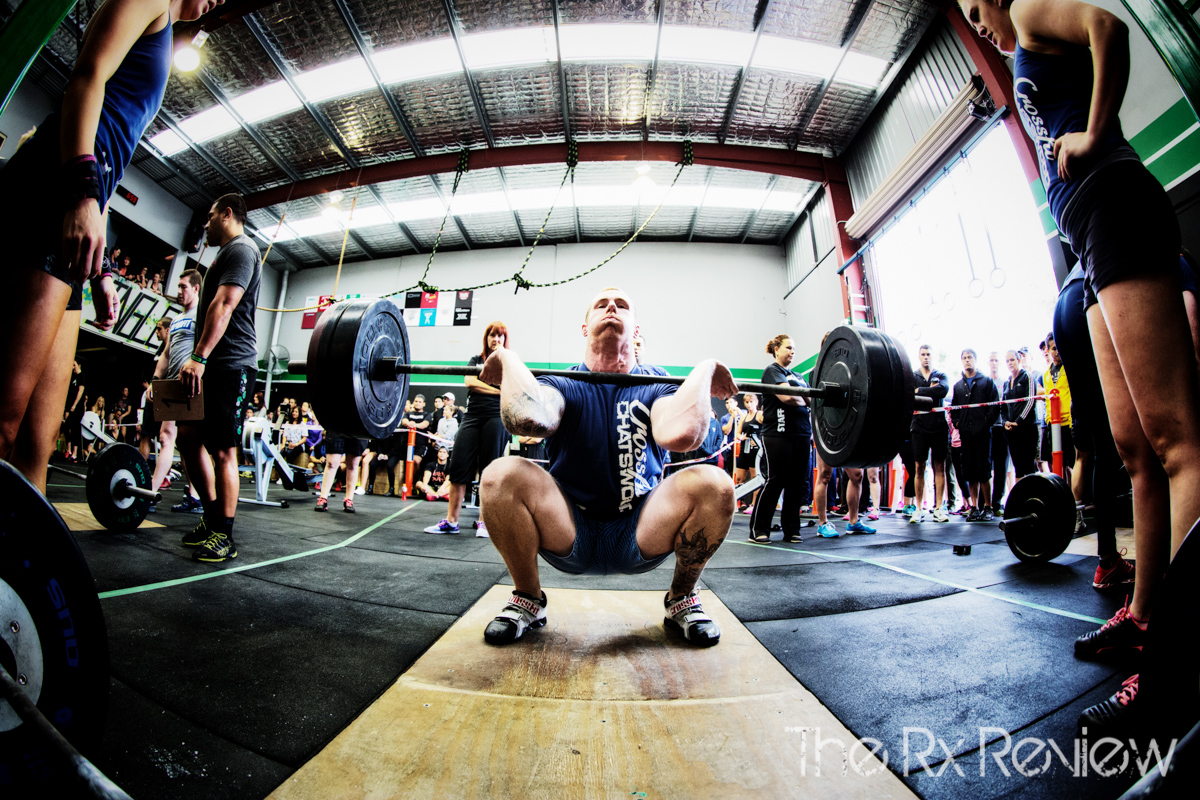


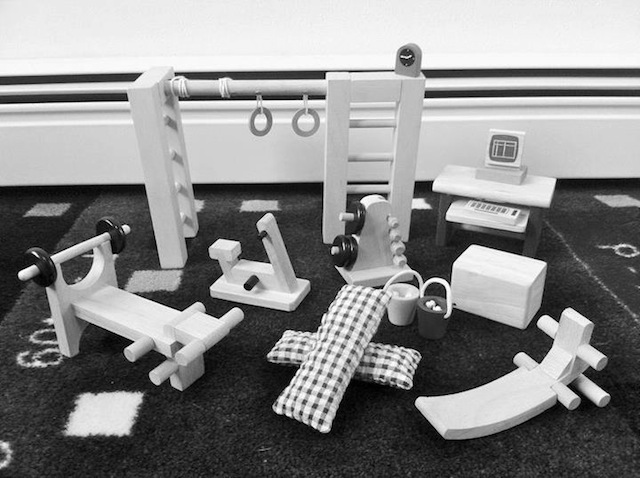
Follow Us